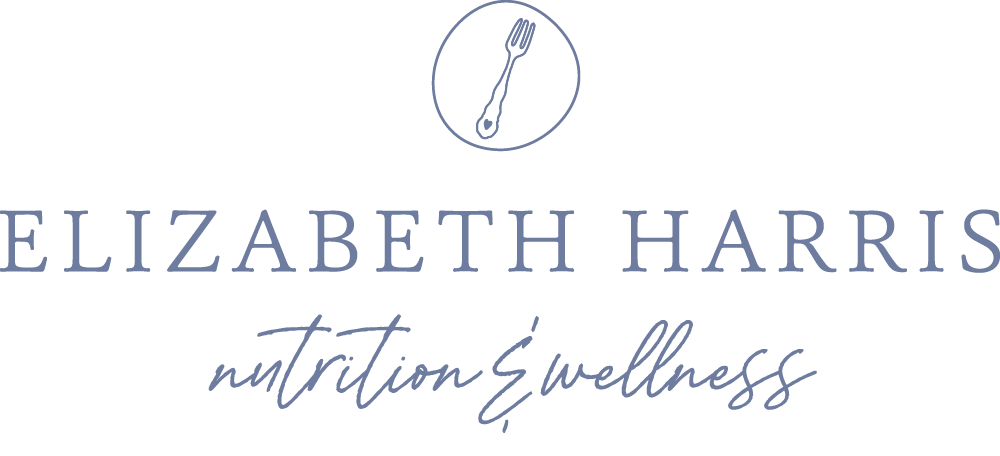Tuning Into Intuition, Part 2: How to Use the Hunger-Fullness Scale in Intuitive Eating—Explained
Do you struggle to understand or respect your fullness cues? This is often one of the last pieces of the puzzle to fit into place on the Intuitive Eating journey. We’re making it easier by explaining how to use the hunger fullness scale, giving examples, recognizing barriers to feeling your fullness, and sharing how to more effectively connect with your fullness and other eating cues.
We talk about our own discoveries related to learning from and listening to our bodies when dealing with hunger, eating, and nutrition.
Satisfaction is such an important and undervalued component of feeling full
and actually landing on a way of eating that feels good for you.
- Elizabeth Harris
Note: This is Part 2 of the Tuning Into Intuition series we started a short while ago. If you haven’t already, listen to Part 1, Tuning Into Your Hunger Cues (episode 29), to get started on this topic.
Your takeaways from the show:
Grasp the concepts behind the Intuitive Eating Hunger-Fullness Scale and get examples of how to use it
Identify factors that block you from recognizing and honoring your fullness cues.
Recognize the significance of prioritizing nourishment for maintaining optimal health.
Distinguish between the sensations of feeling full and feeling satisfied.
Examine how diet culture shapes our understanding of fullness and satisfaction.
What was YOUR takeaway? Share it on socials and don’t forget to tag us so we can share it too!
Also, if you found this episode helpful, we’d really appreciate a 5-star rating and review on Apple podcasts so that others may find our show and discover a new way to rebrand wellness!
Thanks for listening - if you feel so inclined, we’d really appreciate a 5-star rating and review on Apple podcasts so that others may discover this show…
Let’s rebrand wellness together!
Elizabeth, Tara & Maria



